All Features

Donald J. Wheeler
One of the principles for understanding data is that while some data contain signals, all data contain noise. Therefore, before you can detect the signals you’ll have to filter out the noise. This act of filtration is the essence of all data analysis techniques. It’s the foundation for our use of…

Donald J. Wheeler
When administrative and managerial data are placed on an XmR chart, the first reaction will frequently be that the limits are far too wide: “We have to react before we get to that limit.”
So what are we to do when this happens? Are the limits really too wide? There are three cases to consider:•…
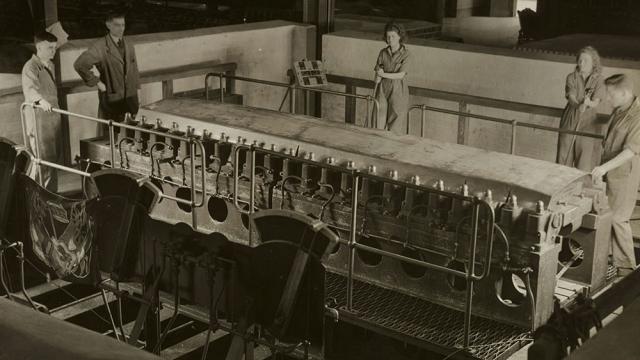
Donald J. Wheeler
Everybody wants to have good measurements. To this end, many recommend a regular schedule of recalibration. While this sounds reasonable, it can actually degrade the quality of the measurements.
The key to getting the most out of a measurement process is to know when to recalibrate and when to…
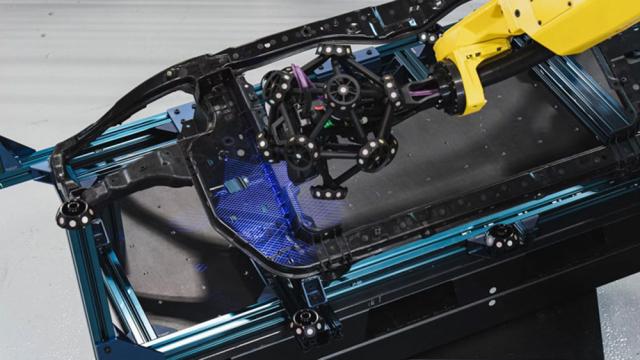
Creaform
C hallenges abound for today’s manufacturers. Labor shortages and rising labor costs require innovative solutions to maintain productivity with fewer staff. Inflation continues to exert pressure on raw material costs, squeezing margins. Manufacturers are also racing against tight production…
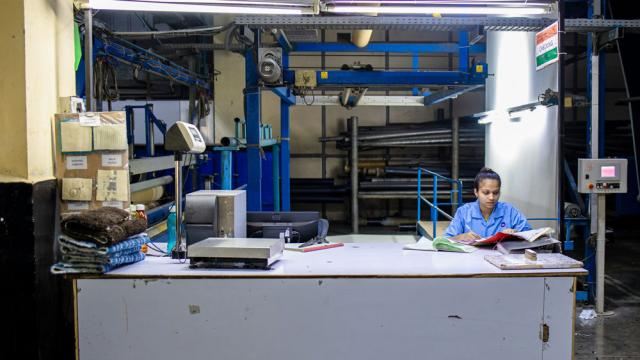
Donald J. Wheeler
The engineer came into the statistician’s office and asked, “How can I compare a couple of averages? I have 50 values from each machine and want to compare the machines.”
The statistician answered, “That’s easy. We can use a two-sample t-test.”
“How would that work?” asked the engineer.
“We…

Knowledge at Wharton
Many countries face the reality of demographic aging: Fertility is plummeting and people are living longer. This raises critical challenges for the labor market, healthcare, and long-term care markets, as well as retirement systems and financial planning. A Wharton symposium on the implications of…

Donald J. Wheeler
In statistics class we learn that we can reduce the uncertainty in our estimates by using more and more data. This effect has been called the “law of large numbers” and is one of the primary ideas behind the various big data techniques that are becoming popular today. Here we’ll look at how the law…
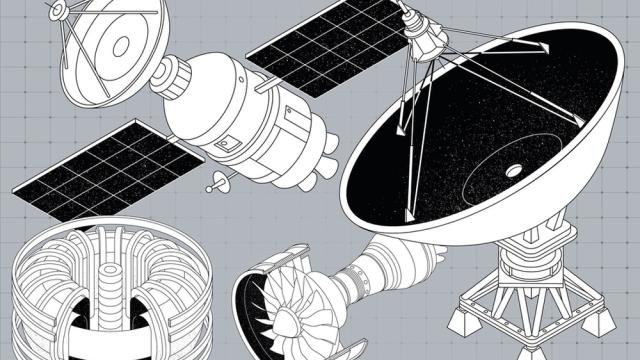
Zach Winn
Modern fighter jets contain hundreds or even thousands of sensors. Some of those sensors collect data every second, others every nanosecond. For the engineering teams building and testing those jets, all those data points are hugely valuable—if they can make sense of them.
Nominal is an advanced…

Gleb Tsipursky
As companies and government agencies push forward with return-to-office (RTO) mandates, they risk exacerbating a workplace problem that many have failed to address adequately: gender discrimination.
New research from the University of Toronto’s Rotman School of Management highlights how in-person…

Conformance1
Amid uncertainty in manufacturing, AI adoption, labor market fluctuations, and salary disparities across industries and geographic regions, quality professional compensation can be difficult to calculate. Without current job-level salary benchmarks, quality professionals, from technicians to…
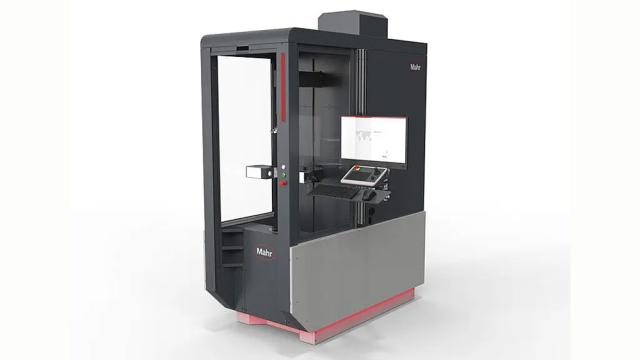
Quality Digest
(Mahr: Providence, RI) -- Mahr Inc., a leading provider of dimensional metrology solutions, announced its Mar4D PLQ 4200 line of cylinder coordinate measuring machines. This innovative solution offers workpiece flexibility and multisensory technology, making it ideal for a wide range of…

Donald J. Wheeler
For many hundreds of years, “If it ain’t broke, don’t fix it” has summarized the predominant approach to process operation. From the physician’s admonition to do no harm, to the slightly more positive aphorism that the squeaky wheel gets the grease, there is a common theme of differentiating…

Reinfried Kößlbacher
Just like in the Star Trek holodeck, digital twins are virtual replicas of the physical world. They enable industries to predict and optimize processes using live data. In manufacturing, digital twins create a real-time digital profile of production lines, assets, and processes. Manufacturers can…

Donald J. Wheeler
Define, measure, analyze, improve, control, goes the mantra used to carry out improvement projects in many companies. In various books, these steps get slightly different interpretations. But the overall outline is still characterized by DMAIC. This article will show a proven way to simplify and…

Quality Digest, Donald J. Wheeler
Dr. Donald J. Wheeler has been one of Quality Digest’s most highly read authors for decades. His teaching on the use of control charts in industrial settings has long been considered the gold standard. He has conducted more than 1,100 seminars in 17 countries on six continents, and his books have…

Donald J. Wheeler
Outliers are values that don’t “fit in” with the rest of the data. These extreme values are commonly considered a nuisance when we seek to summarize the data with our descriptive statistics. This article will show how to turn these nuisances into useful information.
The earliest statistical tests…

Hannah Fischer-Lauder
In an age where data are among the most valuable assets for any business, the ability to retrieve, process, and utilize information efficiently is critical for success. Yet traditional data-retrieval methods often struggle with the demands of today’s dynamic business environments. Enter retrieval-…

Donald J. Wheeler
The Man of La Mancha never got to the unreachable goal—and if you’re being judged by overall equipment effectiveness (OEE), then your manager may also be dreaming an impossible dream. This column will look at problems associated with the use of OEE values.
OEE is a value often used in lean…

Donald J. Wheeler
In last month’s article, “ANOVA and the Process Behavior Chart,” we saw how both techniques use the same basic comparison to answer completely different questions. Here, we’ll look at a case history where both techniques were used.
A physical property of a mass-produced item was important to its…

William A. Levinson
Recent labor relations controversies and ongoing arguments about the minimum wage have raised questions as to how a supply chain should share the utility it produces.
If we ask the wrong question, however, we’ll get the wrong answer. “What is a fair share?” asks how a supply chain should divide a…

Donald J. Wheeler
When Sir Ronald Fisher created the analysis of variance (ANOVA) in the 1920s, he extended the two-sample t-test to allow the comparison of k sample averages. During the same time period, Dr. Walter Shewhart was creating the process behavior chart. So it should be no surprise that both techniques…

Donald J. Wheeler
Managers are commonly fed a diet of report-card data. These data have usually been aggregated into summaries, averages, and totals to characterize the big picture. As useful as such summaries can be, they can also be an obstacle to an effective analysis. Here, we’ll learn how to avoid this obstacle…
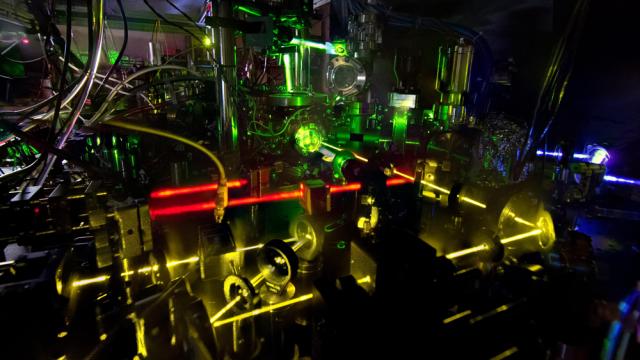
Gabriel Popkin
Time: We all have a sense of it, an innate feel for it. We see it and use it every day. If you’re like me, the first thing you do in the morning is check the time on your phone to see if you need to get out of bed or if you can close your eyes and catch a few more z’s.
Once you’re up and moving,…

Donald J. Wheeler
An engineer once told me, “I work on project teams that have an average half-life of two weeks, implementing solutions with an average half-life of two weeks.” Time after time, and in place after place, our improvement efforts often fall short of expectations and fade away. In this article, I will…

Gleb Tsipursky
The 2024 U.S. presidential election is shaping up to be one of the closest in recent history, with Kamala Harris and Donald Trump locked in a dead heat in many polls. This razor-thin margin amplifies the effect of even small demographic changes, such as those driven by the recent surge in remote…